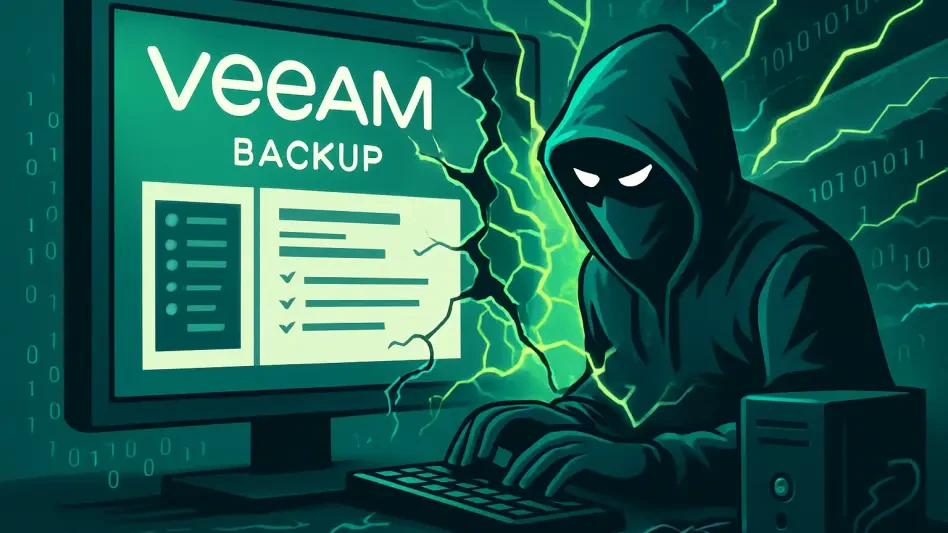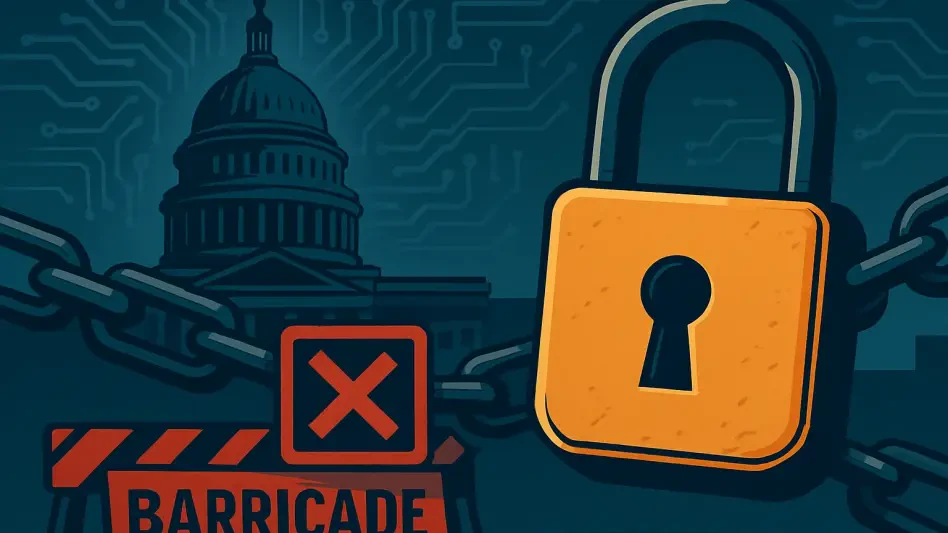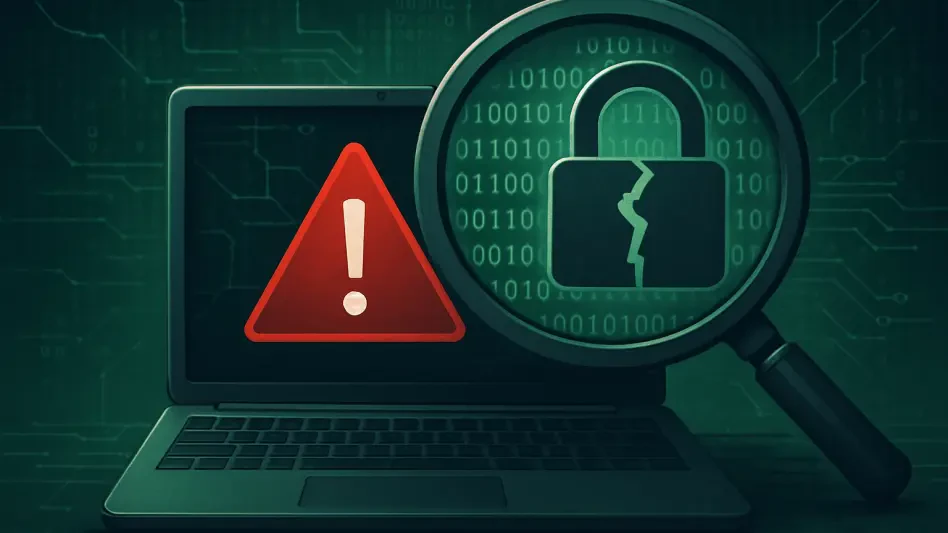The discovery of Salt Typhoon, a highly sophisticated and state-sponsored cyber espionage campaign, has sent shockwaves through the telecommunications industry. With links to Beijing, Salt Typhoon has successfully infiltrated the core networks of multiple telecom companies, exfiltrating sensitive data and compromising network integrity over an extended period. This campaign is a prime example of the kind of persistent and sophisticated threats that modern infrastructure faces, highlighting the ever-present need for vigilant cybersecurity measures.
Background of the Campaign
Salt Typhoon’s operation initially came to light in late 2024, and its presence was later verified by US government agencies. The campaign’s magnitude and longevity within targeted telecom networks have raised significant concerns about national security and data integrity, spotlighting the substantial risks associated with state-sponsored cyber espionage. By remaining undetected within these networks for extended periods, Salt Typhoon has illustrated the vulnerabilities present within high-stakes technological infrastructures.
One of the most alarming aspects of Salt Typhoon is its ability to persist undetected for years, maintaining a foothold within compromised systems while exfiltrating crucial data. The operators behind this campaign have demonstrated exceptional technical skills, leveraging sophisticated tactics to exploit networks. These activities suggest not only a high level of expertise but also access to considerable resources and support, making it clear that the campaign is likely state-sponsored. Given the geopolitical implications, countries around the world are taking note of this threat and are ramping up their cybersecurity efforts accordingly.
Advanced Capabilities and Persistence
Salt Typhoon’s cyber espionage operation stands out due to its advanced technical capabilities and the strategic use of “living-off-the-land” (LOTL) techniques. By utilizing inherent network tools and functionalities, the attackers were able to reduce their reliance on custom malware, making their presence harder to detect. This approach enabled them to blend into the network’s normal operations and avoid triggering security alerts, allowing their infiltration to go unnoticed for extended periods. Their ability to maintain access and exfiltrate data without detection showcases a masterful understanding of network environments and security protocols.
The campaign’s prolonged persistence in compromised systems is a testament to the attackers’ expertise and meticulous execution. Salt Typhoon capitalized on vulnerabilities in targeted systems and used legitimate credentials obtained through a variety of means to maintain and expand access. The adversaries utilized compromised devices, weak password encryption, and network traffic interception to harvest new credentials. This focus on obtaining authentication materials allowed them to move laterally within the networks, exfiltrating data and compromising additional systems. The attackers’ ability to continuously adapt and exploit the network’s internal resources demonstrates a highly strategic and well-coordinated approach.
Infiltration Tactics
Infiltration tactics employed by Salt Typhoon included exploiting vulnerabilities and harnessing legitimate credentials to penetrate and propagate within the targeted networks. By capturing and leveraging authentication credentials such as SNMP community strings and other materials stored in device configurations, the attackers were able to gain and maintain access to sensitive areas of the networks. These credentials were then used to exfiltrate network configurations over TFTP or FTP, providing the attackers with critical data that included authentication information and network blueprints.
The attackers’ strategic approach to capturing and exploiting authentication credentials facilitated both vertical and horizontal expansion within and between targeted networks. This process allowed them to harvest new credentials continuously, thereby amplifying their control and reach within the telecom environments. By focusing on these high-value assets, Salt Typhoon could systematically expand its infiltration, furthering its espionage objectives. The effectiveness of these tactics underscores the importance of robust credential management and encryption practices within telecom networks to thwart such sophisticated infiltration strategies.
Infrastructure Pivoting
A hallmark of Salt Typhoon’s operation was its ability to use compromised devices within one telecom network as launch points for further attacks on systems within other networks. This method of infrastructure pivoting not only highlights the interconnected nature of telecom networks but also shows the attackers’ deep understanding of network topographies and trust relationships. By exploiting these connections, the attackers were able to expand their reach and maintain a persistent presence across multiple targets without needing to reinfiltrate each network individually. This approach allowed them to remain agile and adapt to different network environments effectively.
Salt Typhoon’s use of network pivoting also demonstrated their advanced capabilities in maintaining persistence. By establishing footholds in interconnected telecom networks, they could transfer their efforts seamlessly between targets. This strategic movement enabled them to continue their espionage activities even if one network segment was compromised or secured. This technique further underscores the attackers’ sophisticated planning and ability to leverage complex network interdependencies for their continued operation. The reliance on interconnected infrastructure highlights the need for comprehensive and collaborative cybersecurity efforts across organizations to effectively counter such advanced threats.
Advanced Techniques for Undetected Persistence
Salt Typhoon utilized several advanced techniques to gain undetected persistence and facilitate lateral movement within the networks. Key tactics included modifying network device configurations, such as changing AAA server IPs, altering ACLs, and adding unauthorized SSH keys. These alterations allowed the attackers to establish persistent backdoors that could be used to regain access even if initial entry points were discovered and secured. The employment of tools like tcpdump and Cisco-specific features such as Embedded Packet Capture (EPC) enabled the attackers to capture and exfiltrate data stealthily.
A particularly notable tool in Salt Typhoon’s arsenal was JumbledPath, a proprietary tool that encrypted and obfuscated packet captures. By hiding the origin and destination of data transfers, JumbledPath allowed the attackers to exfiltrate data without detection, making it difficult for network administrators to trace their activities. This tool, combined with their extensive use of legitimate network functionalities, highlights the attackers’ ability to adapt and remain concealed within the network environments. Their capacity for innovation and stealth presents a significant challenge for traditional security measures, necessitating advanced detection and mitigation strategies.
Defensive Evasion Strategies
To ensure their continued undetected presence, Salt Typhoon meticulously employed various defensive evasion strategies. These included clearing log files after accessing devices and resetting device states to their default configurations once they had completed their tasks. Such measures were designed to remove any traces of their activities, making it challenging for security teams to detect anomalies or breaches. For instance, the attackers would switch off Guest Shell after usage, reset SSH configurations, and alter loopback interface IP addresses to bypass access restrictions and evade monitoring tools.
These defensive evasion tactics illustrate the attackers’ deep understanding of network device management and security protocols. By routinely covering their tracks and restoring device states, they minimized the risk of detection and prolonged their access to the compromised networks. This approach underscores the importance of comprehensive logging, monitoring, and forensic capabilities within telecom networks to identify and respond to such sophisticated threats effectively. Ensuring robust defensive measures and continuous monitoring can enhance the detection of unusual patterns indicative of clandestine activities.
Mitigation Recommendations
In light of the advanced threat posed by Salt Typhoon, Cisco has emphasized the importance of adhering to stringent security practices to enhance defense against similar adversaries. Key recommendations include disabling legacy features and unused services that may present potential vulnerabilities, strengthening password encryption, and implementing multi-factor authentication (MFA) to add an extra layer of security. Regularly patching systems and adopting stringent access controls are also critical measures to mitigate the risk of exploitation by advanced threat actors.
Moreover, continuous monitoring for unusual activity and centralizing configuration storage can significantly bolster an organization’s cybersecurity posture. Implementing these best practices not only helps to secure telecom networks but also prepares them to respond effectively to evolving threats. Regularly auditing network configurations, conducting vulnerability assessments, and maintaining up-to-date threat intelligence are vital steps in fortifying defenses against sophisticated cyber espionage campaigns like Salt Typhoon. By prioritizing these measures, telecom networks can enhance their resilience and reduce the risk of future compromises.
Overarching Trends and Consensus Viewpoints
The discovery of the Salt Typhoon cyber espionage campaign has sent shockwaves through the telecommunications industry. This highly sophisticated, state-sponsored operation, reportedly linked to Beijing, has managed to infiltrate the core networks of multiple telecom companies. By doing so, Salt Typhoon exfiltrated sensitive data and compromised the integrity of these networks over a considerable time frame. This alarming campaign serves as a prime example of the persistent and advanced threats that modern infrastructure continuously faces. It underscores the ever-present need for stringent and vigilant cybersecurity measures. As cyber threats grow more complex and state actors become involved, the importance of robust cybersecurity protocols cannot be overstated. Consequently, telecom companies and other critical infrastructure providers must invest in proactive defense strategies to protect their networks from such sophisticated operations, ensuring the security and reliability of their essential services.







